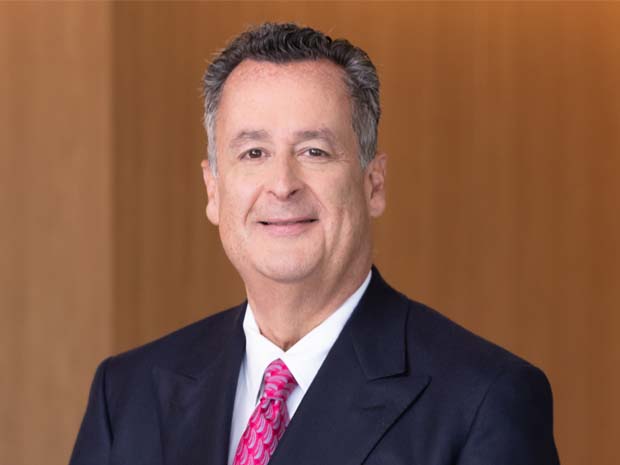The public expects inflation to soar to 7.3% a year from now, the highest level since 1981.
Key takeaways
The sharp increase heightens the risk that the Fed is losing control of what were well-anchored expectations.
The public’s shift in outlook also suggests that the Fed will not be lowering rates anytime soon.
The public expects inflation to soar to 7.3% a year from now and to 4.6% over a five-year time frame, according to the University of Michigan’s consumer surveys for April.
The sharp increase in expectations, which comes as higher tariffs are about to take hold, heightens the risk that the Federal Reserve is losing control of what until recently were well-anchored expectations and, consequently, price stability.
American households are showing signs of rising financial stress, and this survey captures their growing discontent.
The top-line measure of consumer sentiment tumbled to 50.8 for the month, the second-lowest reading since the all-time low reached in June 2022.
But it’s the reading of inflation expectations that will be closely watched by the Federal Reserve since those expectations often become self-fulfilling.
Since the cyclical low of 2.6% reached in November, the 7.3% reached in April is the highest since 1981. Similarly, the five-year expectation of 4.6%, up from 3.2%, is the highest since 1991.
Those increases, along with Walmart’s recent announcement that it had started to hike prices because of tariffs, suggest that the Federal Reserve will not be lowering rates anytime soon.
Our forecast this year implies two rate cuts—but given soft data like rising expectations and new hard data showing shrinking margins for machinery and vehicle wholesalers, we may need to push that forecast back to one cut in December.
The key idea is that inflation expectations are the primary transmission mechanism, along with retaliation by other nations, that turns tariffs into a sustained increase in inflation.
The effective tariff on imports into the United States is now 17.8%, which is more than seven times higher than what it was before the trade war.
But the whipsaw changes in policy have led to crippling uncertainty for businesses.
In April, the administration, saying it lacks the capacity to negotiate individual deals with 150 nations, said that it would be sending letters in the coming weeks with specific tariff rates for some of the countries. The letters could provide the framework in which we can ascertain the macro- and microeconomic impact from trade policy on the U.S. economy.
And remember that the administration has signaled to all concerned that it is not yet done setting tariffs on pharmaceuticals and long-promised yet vague sector tariffs.


